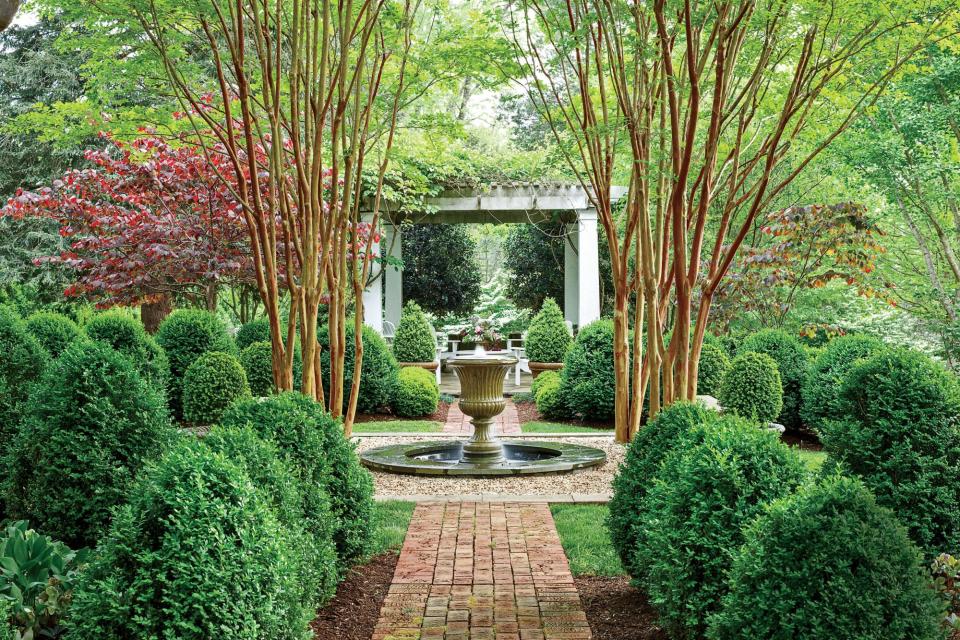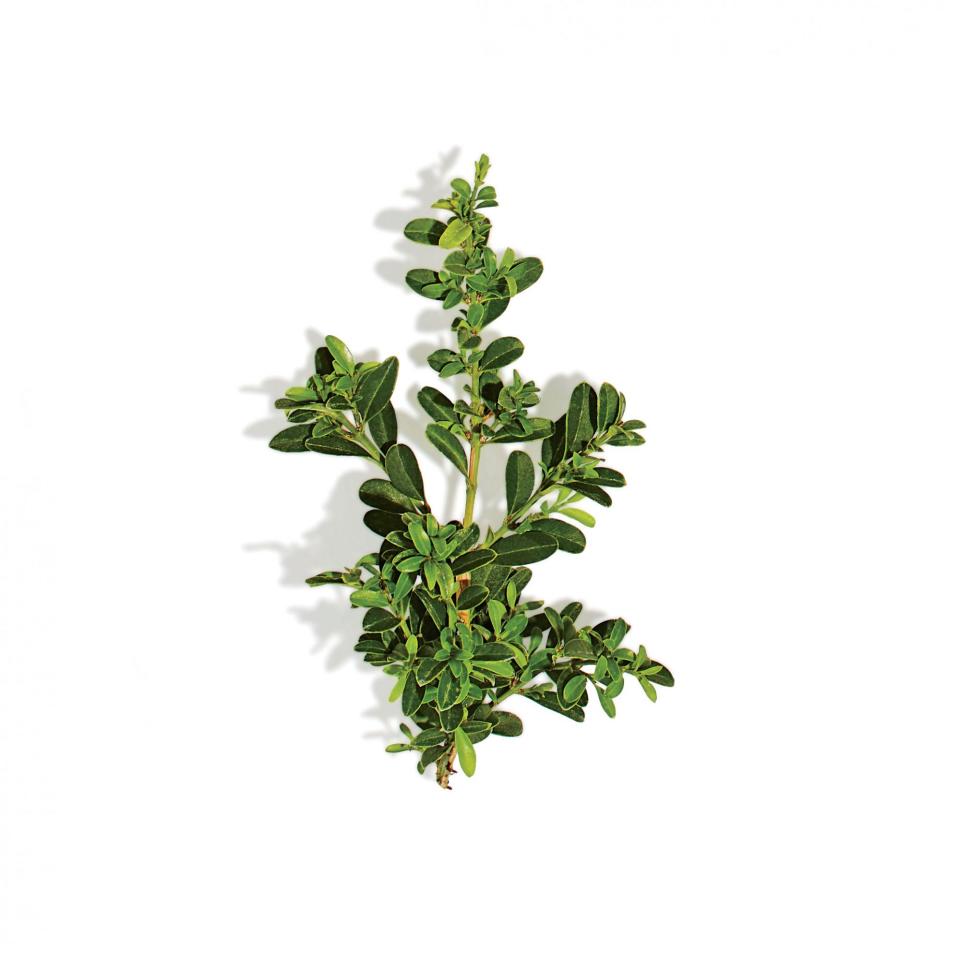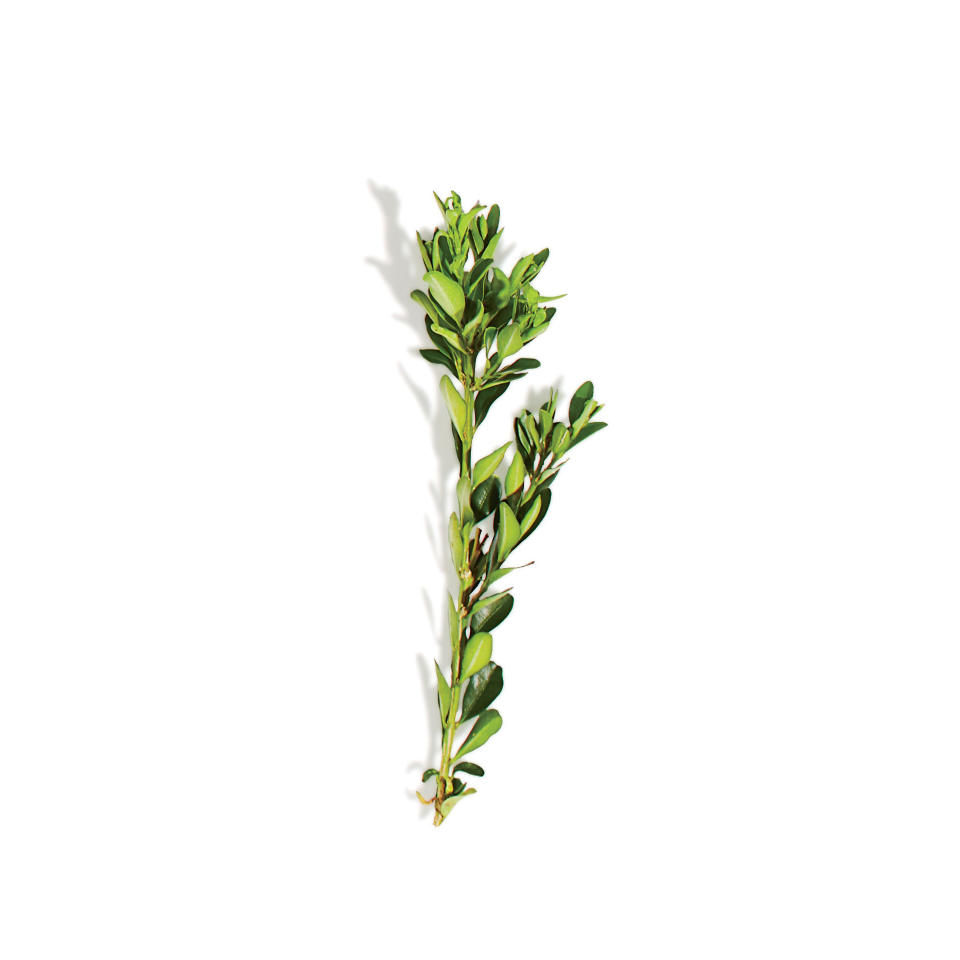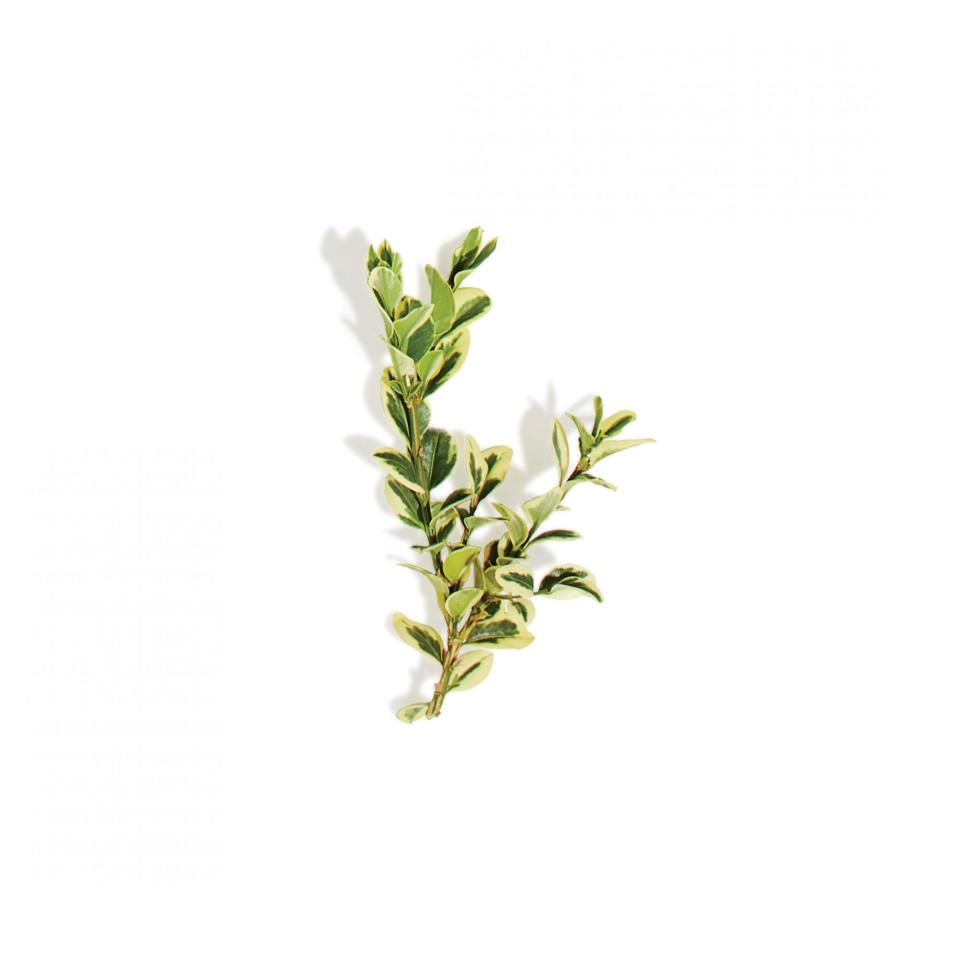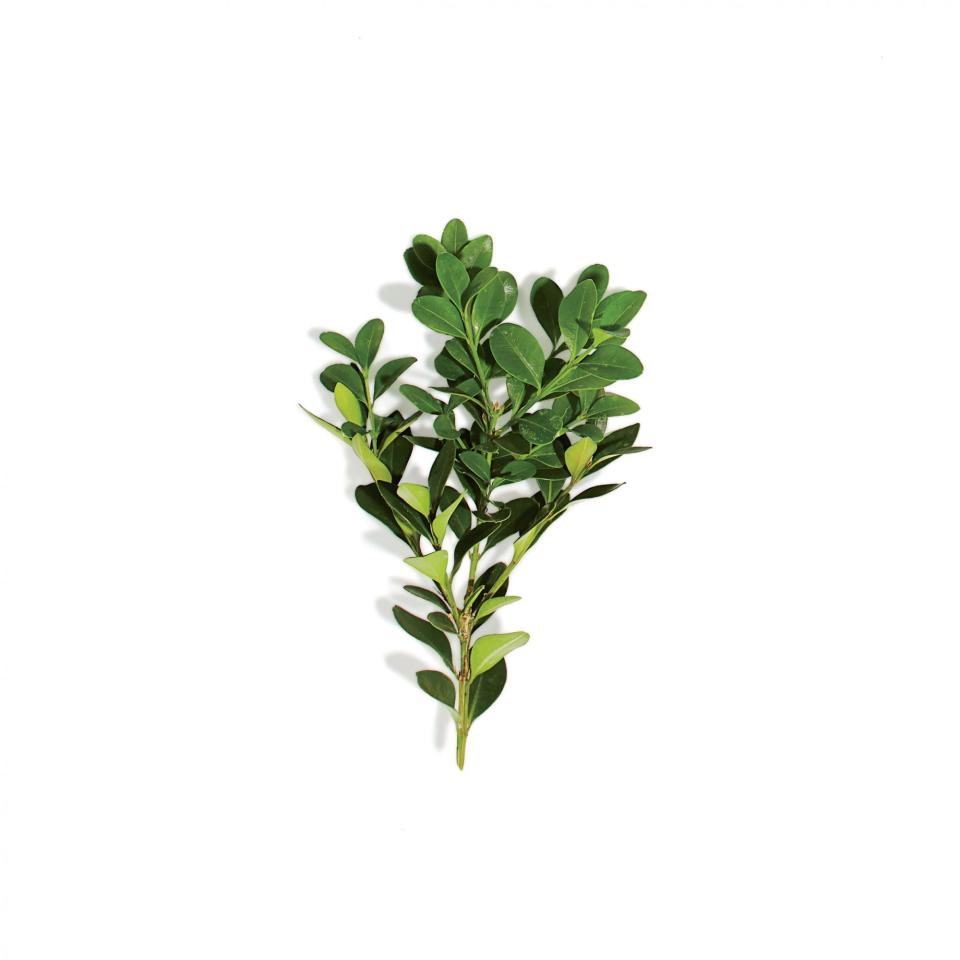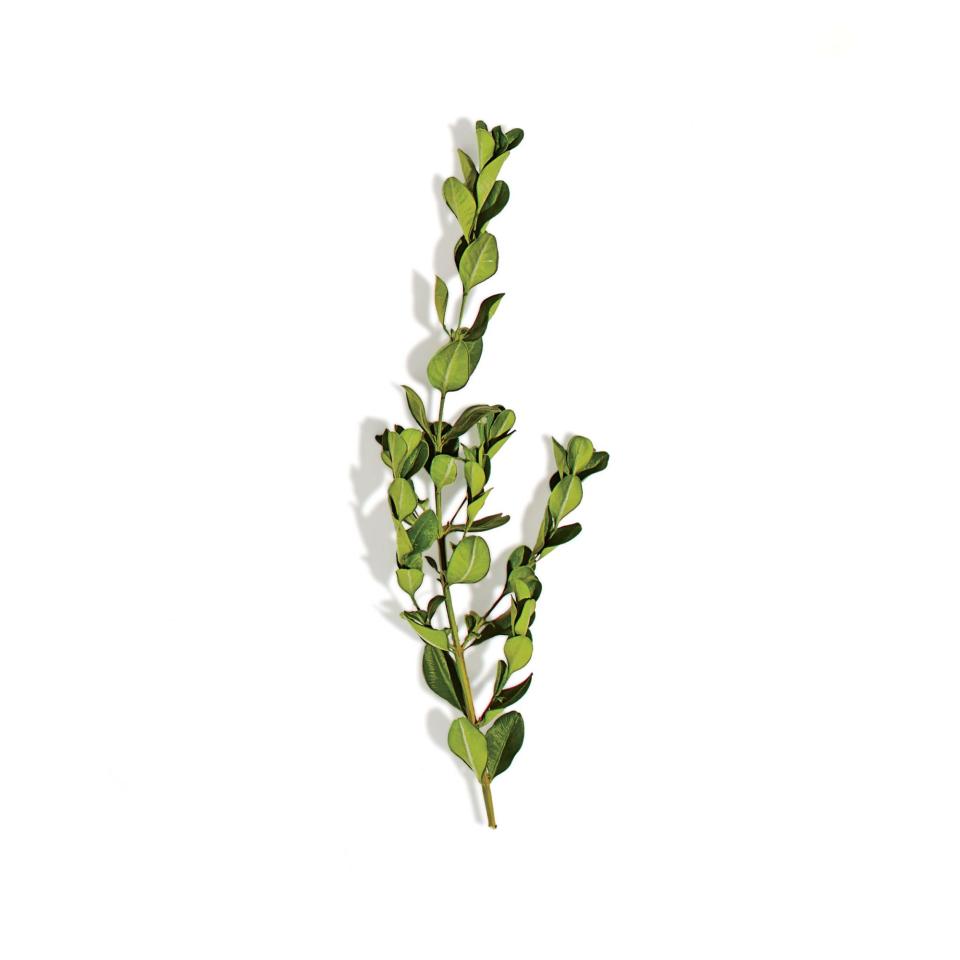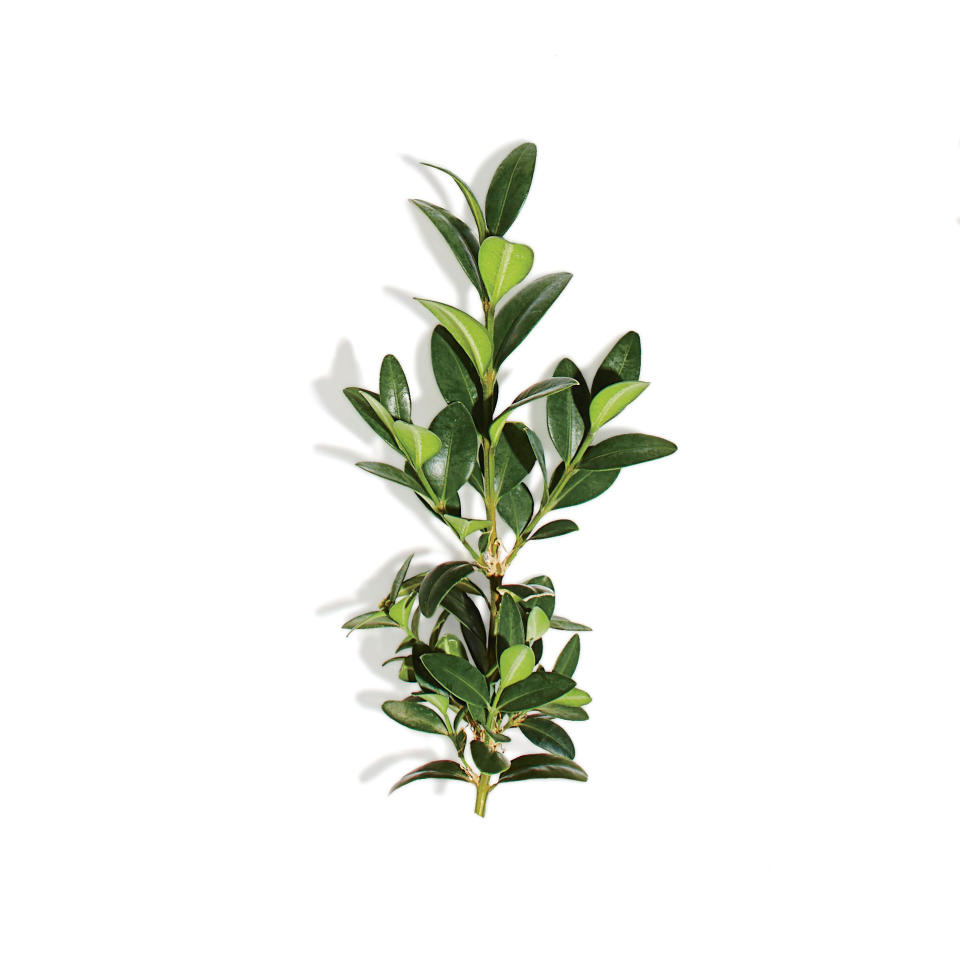Nothing Beats Boxwood—And Here's Why
"Boxwood is like the "little black dress" of plants. Every garden should have one," says Cedar Baldridge, a Houston landscape designer who includes them in all of her garden designs. And how could she not be a fan? The shrub's small, dense, evergreen leaves have a versatile and sculptural quality. They can be coaxed into decorative topiaries; shaped into tall, thick hedges that hide and protect; or used as low parterres that organize a garden. The boxwood has been a staple of fine gardens for millennia, spanning from the formal hedges of ancient Egypt to the palatial gardens of Greece and Rome to the tidy landscapes of Colonial Williamsburg. But it is no longer just for the ancient, the elite, or the green-thumbed. Though a nasty blight gave the shrub a bad rap, making gardeners nervous that they were sickly money pits, boxwoods are becoming hardier now thanks to an expanding pool of options. With 90 species and more than 365 selections, the choices are practically customizable to suit your needs. Once established, boxwoods can be relatively low maintenance. Pick your selection based on a few factors. Are you an impatient gardener? If so, try fast-growing types like 'Wintergreen,' which produces height quickly but needs regular pruning. If you're patient, a slow-growing selection like 'Morris Dwarf' requires less care but takes longer to reach its desired shape. Here's what else you need to know about these old-world beauties.
